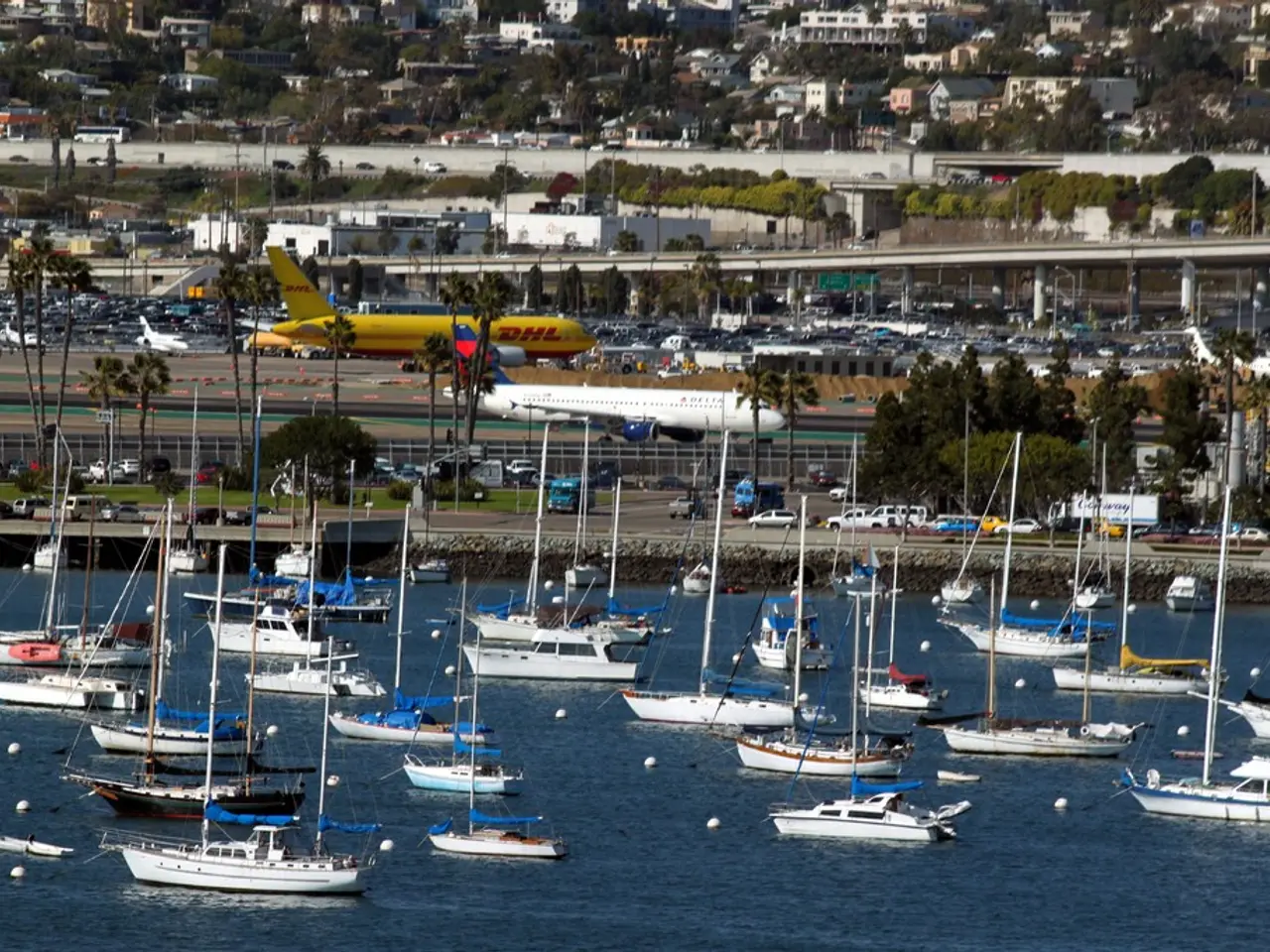Japan reportedly plans to send used destroyers to the Philippines to counter Chinese naval threats.
In a significant development in regional security dynamics, Japan has announced its plans to export six used Abukuma-class destroyer escorts to the Philippines. The deal, agreed upon by the defense ministers of both countries in June 2025, marks a new phase in defense cooperation between the two nations and represents a potential upgrade for the Philippine Navy.
The Abukuma-class destroyers, which have served in the Japan Maritime Self-Defense Force (JMSDF) for more than three decades, are being phased out under Japan’s fleet modernization plan. These vessels, primarily designed for anti-submarine warfare and patrol missions, will undergo an in-depth assessment by a delegation of naval experts from the Philippines this summer.
The primary motivation behind the export is strategic. The Philippines seeks to strengthen its maritime defense capabilities in response to China’s increasing assertiveness in the South China Sea. Both Japan and the Philippines face maritime challenges from China, with Japan contending with issues in the East China Sea, and the Philippines facing pressure in the South China Sea.
This transfer, set to take place in the coming months, will be the first time Japan has exported such naval vessels in the post-World War II era. To comply with legal constraints, the deal is structured as a joint development and assistance project.
The acquisition of these destroyers will help rebalance naval power in the region. Currently, the Philippine Navy has a limited number of modern warships, with just two frigates compared to China’s more than 100 warships.
This move is likely to further complicate China-Philippines-Japan relations. While Japan and the Philippines deepen cooperation aimed at deterring China, Beijing may view this as a provocative alignment that challenges its claims and interests in the contested maritime zones. Officially, China has not responded to requests for comment on the matter.
For the Philippines, acquiring these destroyers enhances its naval capabilities amid ongoing territorial disputes and maritime tensions with China. The move signifies Japan’s growing willingness to take an active role in regional security beyond its traditional defensive posture, underlining Tokyo’s strategic concerns about China's maritime expansion.
This development reflects shifting regional security architectures and raises tensions amid ongoing maritime disputes. The export of used destroyers to the Philippines is a landmark event aimed at boosting Philippine naval capacity and deepening trilateral strategic alignments involving Japan, the Philippines, and the US, with the overarching goal of countering China’s maritime assertiveness.
The export of used Abukuma-class destroyers to the Philippines, a joint development and assistance project, signifies politics in regional security dynamics as both countries aim to strengthen their maritime defense capabilities, especially in response to China's increasing assertiveness in the South China Sea and East China Sea. This move is expected to contribute to the general news of a rebalancing of naval power in the region, potentially further complicating China-Philippines-Japan relations.








